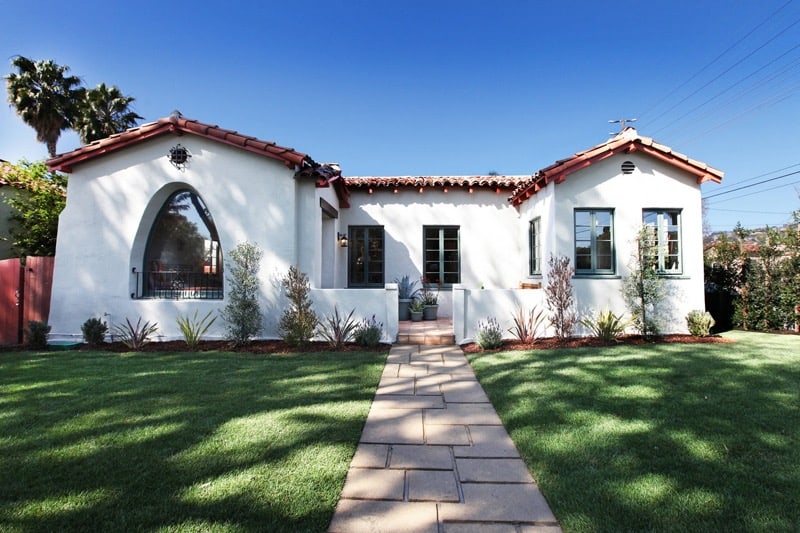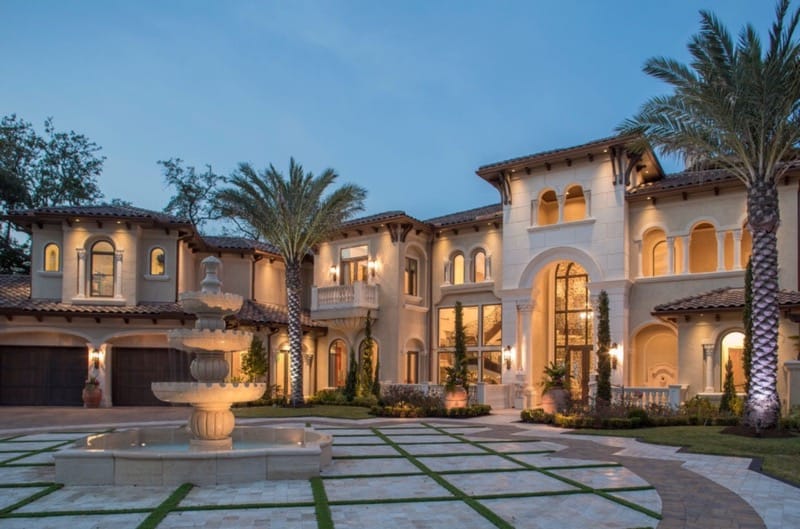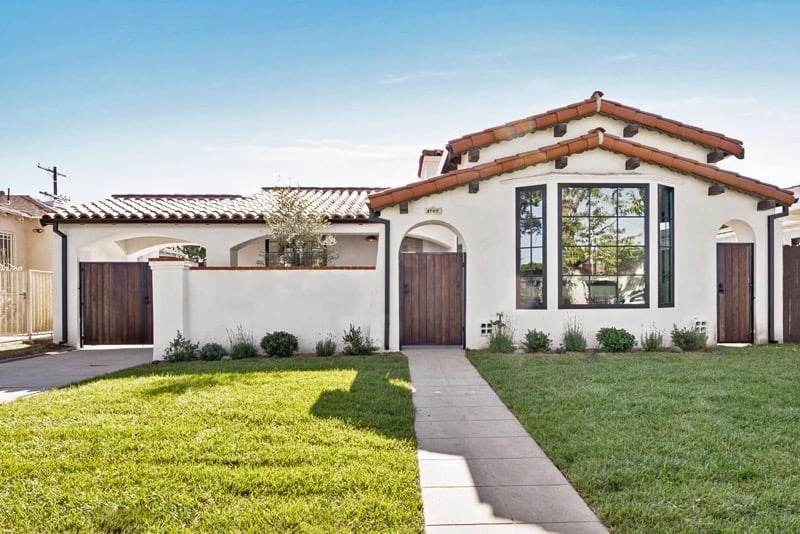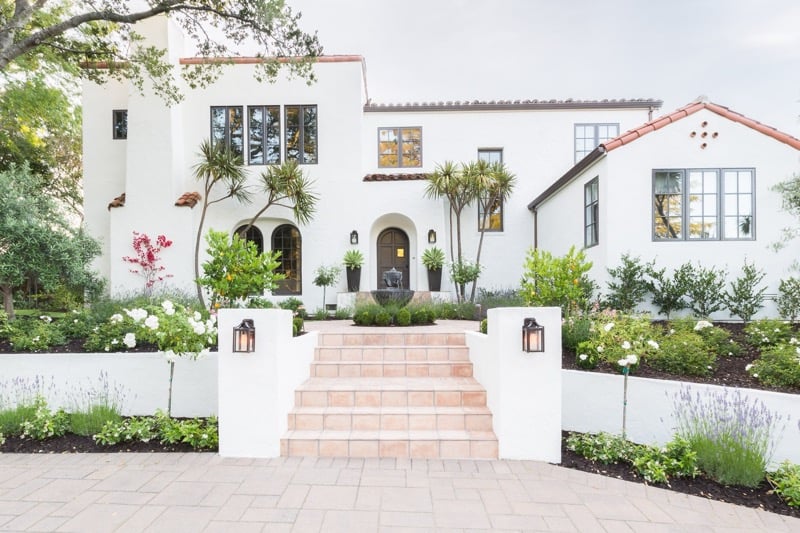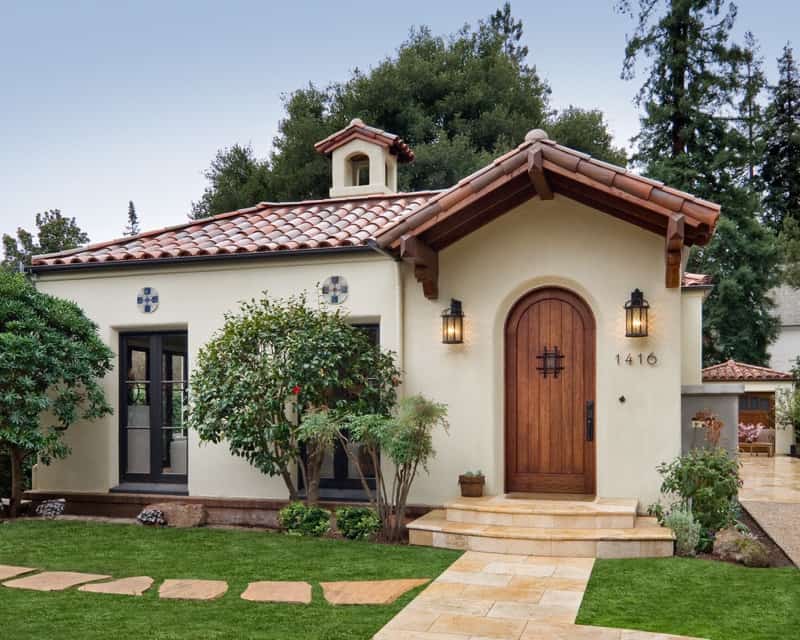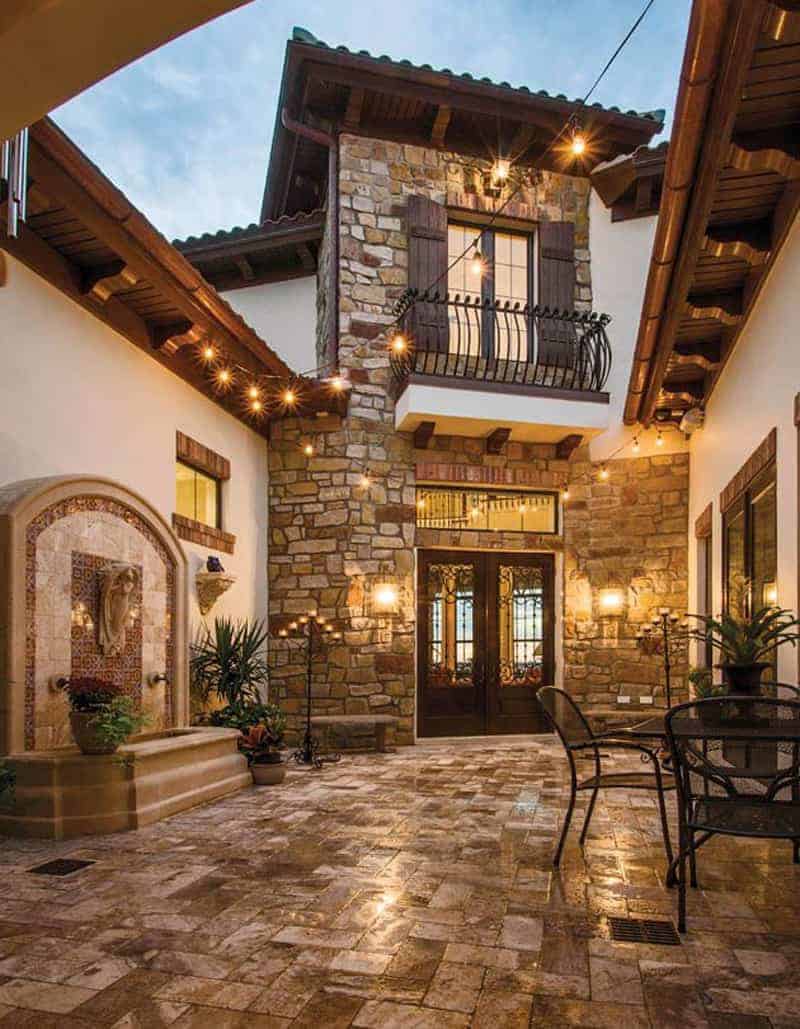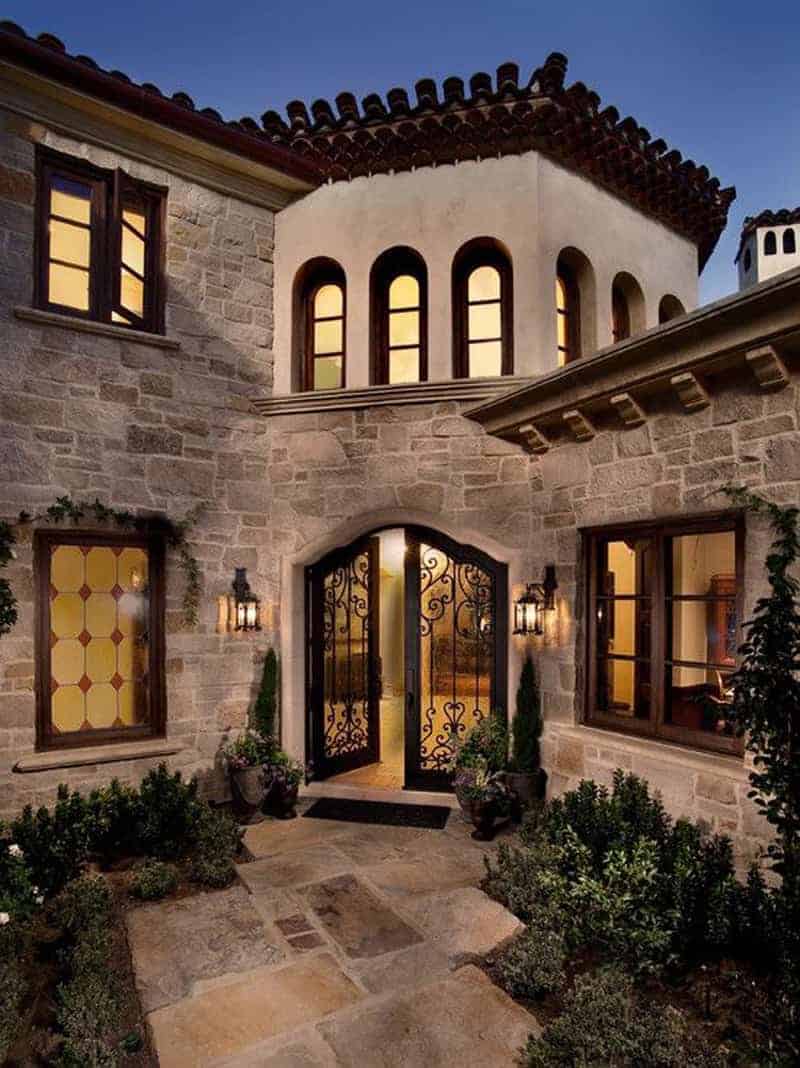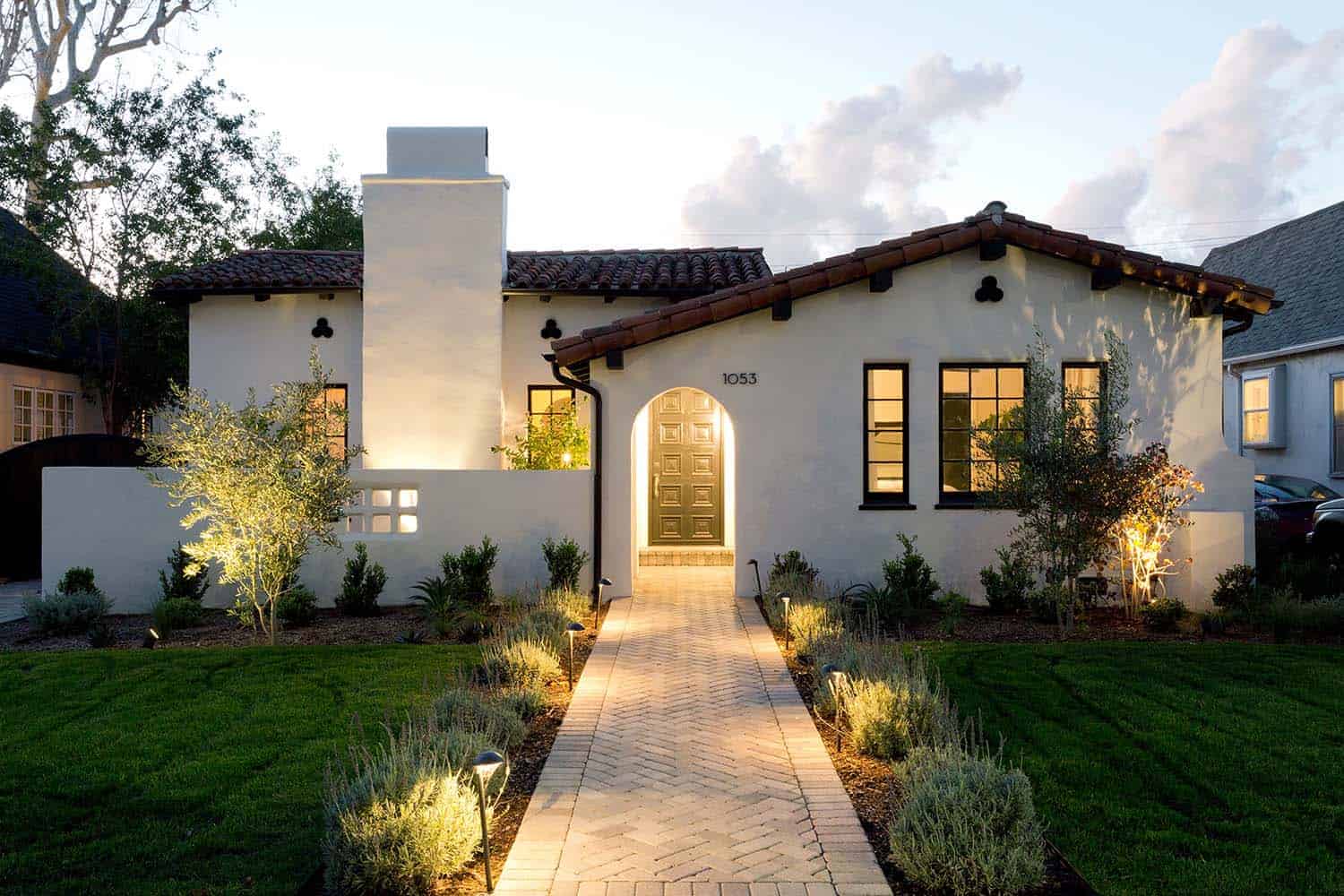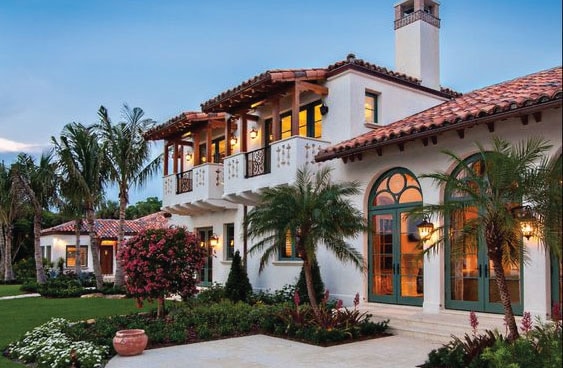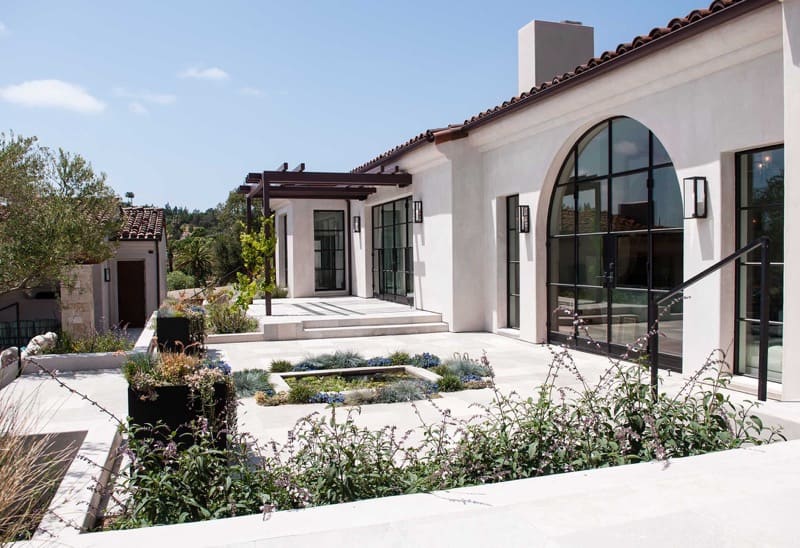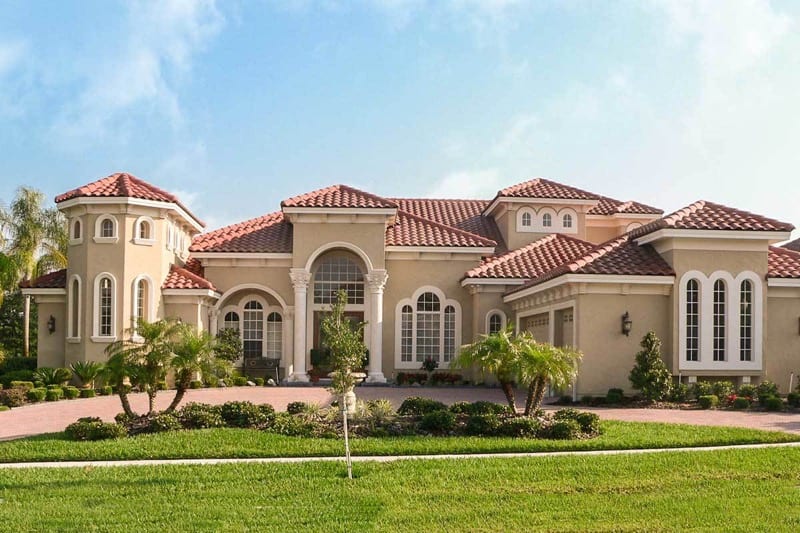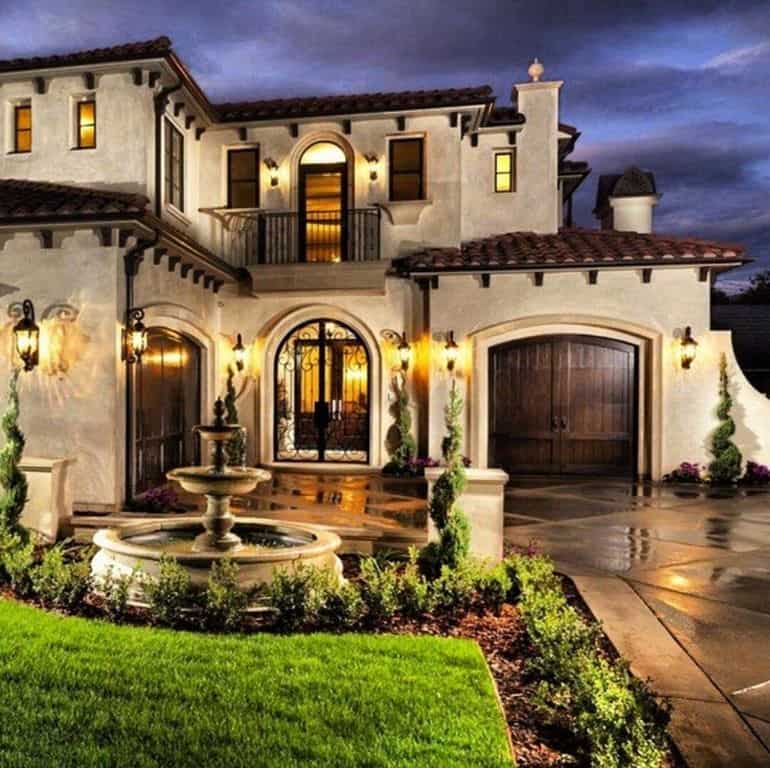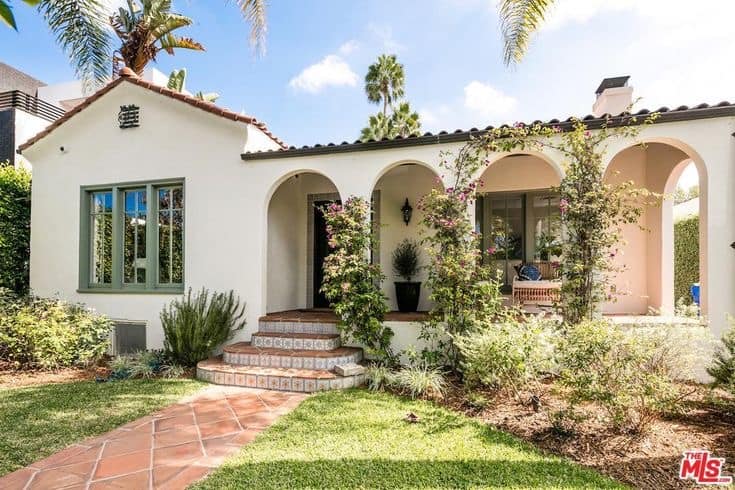May you like spanish house styles. Spanish-style homes are inspired by colonial architecture under Spanish rule and incorporate many key design elements like stucco and terracotta roof tiles. Spanish-style homes are very popular in North America and you see them in all areas of the continent. The Spanish style combines refined elegance and innovative simplicity for a fresh, new perspective on traditional interior design. One of the most recognizable features is the red, barrel tile roof, which was low-pitched. Spanish architecture and interior design are very beautiful and impress on many levels.
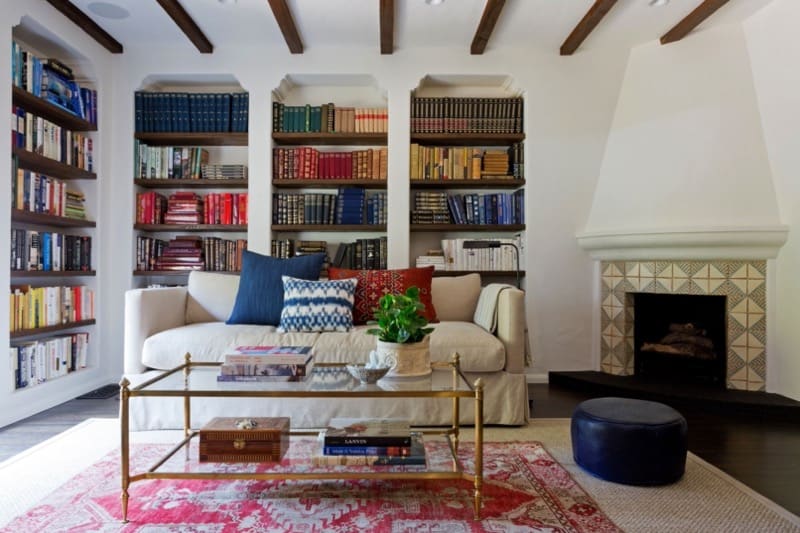
The Spanish style in architecture encompasses facets from a vast array of traditions, many of which are in evidence in these extraordinary houses. Elements include thickset, whitewashed stucco walls, deeply recessed doors, lushly planted courtyard gardens, intricate and colorful tile work, telescoping towers inset with Juliet balconies, elaborately traced wrought-iron window grilles, and richly appointed interiors heightened by drama in light and shadow cast by moody pendant lamps and low-burning fires. Beautiful and inspirational, this article is filled with sumptuous color photographs of projects from around the world.
- Hardcover Book
- English (Publication Language)
- 256 Pages - 03/30/2021 (Publication Date) - Rizzoli (Publisher)
- CHOOSE from lots of fashionable clothes to create the perfect look!
- MAKEOVER helpless clients and give them the confidence to follow their dreams!
- DECORATE a person's room as well as their appearance!
- DRAMA is everywhere, be ready to meet some extreme personalities!

Traditional” is chockablock with vibrant color, antique furniture, and heady doses of trim and pattern. “Country” is a new take on the style, where distressed finishes and modern silhouettes mingle for a warm welcome. “Coastal” is streamlined, with natural woven fibers, sun-faded linen and neutrals, and blues and whites galore. “Mediterranean” evokes faraway lands, with a saturated palette, ornate tiles and ikats, and iron details. Many of these Spanish-style homes are also relatively new: periods of revival, especially in the 20th and 21st centuries, have lead architects and designers to draw inspiration from an area’s past without being totally bound to it. Modern and revival Spanish-style homes offer reinterpretations of the aesthetic
“A house is made with walls and beams; a home is built with love and dreams.” – Ralph Waldo Emerson
In the Spanish way of life, much of people’s time is spent outside. Spanish style homes take inspiration from this lifestyle, bringing elements from the outdoors to the inside of the home. House are made in natural tones. Lovely!
Our Spanish-style house plans capture the elegance of Spanish architecture, from simple casitas to magnificent Spanish Mission-style homes. Magic doesn’t necessarily follow a formula, but perhaps it does have a framework. Inside, many of these homes feature tile as well as exposed stucco walls, though more modern constructions may look otherwise traditional.
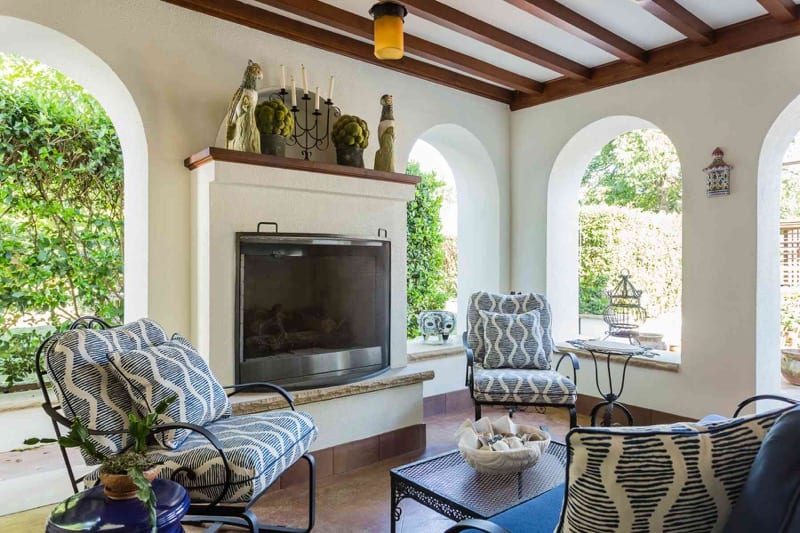
To protect the houses from the sun during summer all are white. White houses are cooler during the hot summer than houses with other colors. This bit of wisdom comes from the Moors. The white color reflects the sunlight and does not absorb it, keeping the house cool. Mediterranean homes vary in style depending on the specific architectural influences, but many of these houses showcase similar exterior elements. Typical characteristics include arched windows and doors, wrought-iron details, clay roof tiles, stucco walls, and spacious outdoor living areas.
You can see this in the traditional color palette of terracotta shades of orange, red, deep brown.

Are you fascinated by Spanish-style homes? It’s a style that people love for its warm, cozy feeling that truly makes everyone feel at home. Today in this blog, we’re going to tell you everything about Spanish architecture. From its history to the main elements of the architecture, we’ve included everything. We’ve also made a list of some of the best Spanish style homes so that you can get to know Spanish Exteriors. The layout also helps to minimise the visual impact of the dwelling and creates a series of patios with varying light conditions.
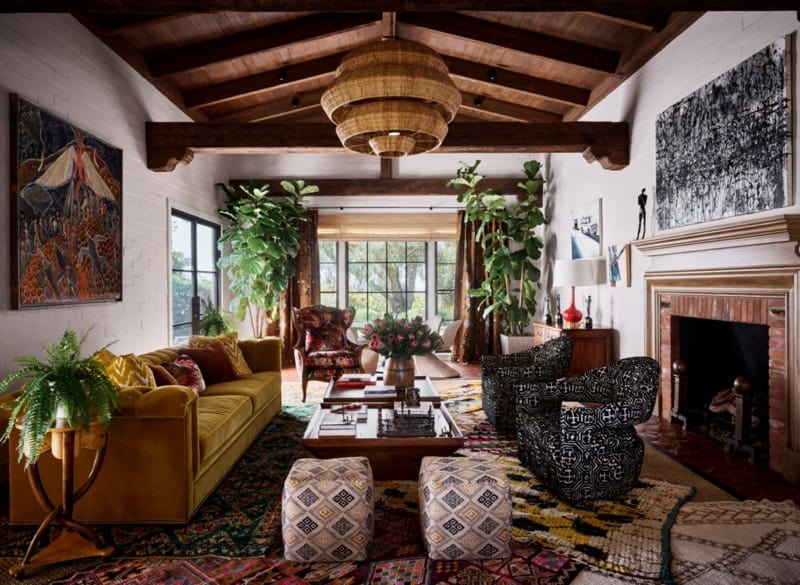
Single Level Building
Well, this is not the case with every building. Spanish home plans are now built in all areas of North America. Some Spanish-style homes are single or split-level. But initially, many traditional structures had only one level.
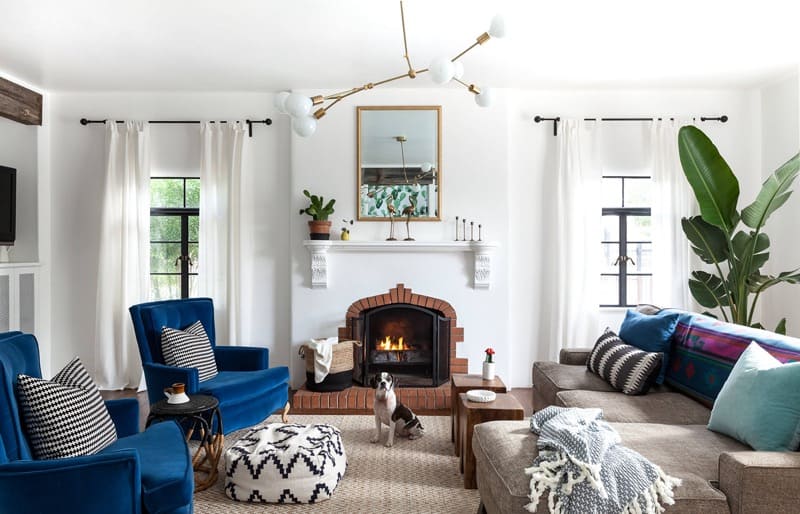
Turrets
Similar to the first point, it’s not compulsory that all Spanish-style homes have a prominent turret shape; some also have opulent structures. Turrets can either be present on the corner or at the main entrance of the building. They were mainly use as visual centerpieces.
Stucco Walls
With a stucco exterior, many of these floor plans have a horizontal feel, blending in with the landscape. The Spanish style has a stucco exterior, a clay-tile roof, exposed beams, wrought-iron details and repeated arches around an entry walkway. The reason behind this is that Spanish architecture is generally found in hot, arid climates. So the stucco walls absorb heat during the day and release it at night. The part looks both aesthetic to the eyes and practical in general.
Red-Tiled Roofs
Roofs are usually sloped or low-pitched, and barrel tiles are overlaid on top of each other to form the roof. In most cases, these tiles are red or brown. Just remember one thing: a flat roof will not work in a region with heavy snowfall! Also, there are some overhangs or wooden vigas protruding pieces on the outside part of the roof.
Interiors with Fireplaces
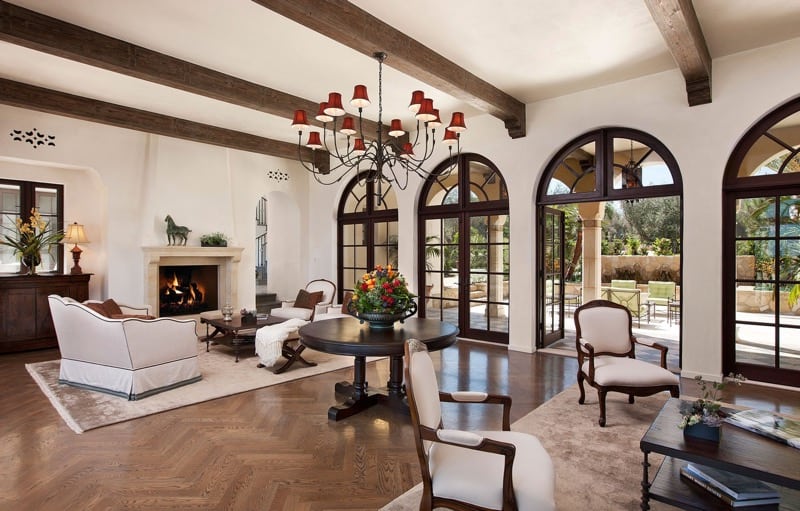
Adobe Bricks
Traditional Spanish buildings don’t use mud bricks like adobe; however, houses in the American Southwest and Mexico have it. As these regions are hot and adobe is highly practical for these types of desert environments.
Small Windows
All Spanish-style homes have small openings and windows. When air flows through a smaller opening, it becomes cooler; that’s why most homes have small windows. Because they’re appropriate and practical for hot environments.

Courtyards
Every Spanish-style home has courtyards and backyards to relax and enjoy some sunshine.
Simple Embellishments
When it comes to decoration, whether it is interior or exterior, people love to embellish their homes with minimal decors.
Other than the above characteristics, Spanish inspired homes include heavy carved wood front doors, carved stonework, or cast iron ornaments, and spiral columns and pilasters. Also, sometimes walls and floors were often covered with patterned tiles.

Here are some of the common building materials that have been use for many years.
Stucco
Wrought-Iron
Clay Tiles
Adobe Tiles
Wooden Beams
Steel
Stone
